Applications
Low power LED flood lights, which are offered in wattage options of 10W, 20W, 30W, 40W, 50W, 60W, 70W, 80W and 90W, are the workhorses of outdoor area, task, accent and security lighting for commercial, residential, and landscaping applications. These applications require a luminance that is considerably greater than its surroundings to be created. The luminous intensity distribution can range from very narrow to very wide, depending on the angular size of the object or scene being illuminated and the effect to be achieved. The optical characteristics and lumen package of a flood light are dictated primarily by luminaire location, mounting height and the task size. Floodlights are designed to provide maximum flexibility in application. These outdoor luminaires are usually capable of being aimed in any direction to ensure that a controlled beam of light is accurately projected on the task surface.
Design considerations
A low power LED flood light incorporates LEDs, optical system, heat sink and drivers into one assembly. The luminaire housing and the heat sink are formed as one piece. LED lighting has a great deal to live up to. Not only are LED-based systems energy efficient, but their long lifespan also translates into lasting peace of mind and a low total cost of ownership. LED flood lights are also far more versatile than halogen and metal halide flood lights in terms of form factor, spectral and optical control. However, LED luminaires are complex systems. To achieve the efficiency and reliability expected from LED lighting, each of their main system components must be properly selected, designed or engineered. All of the components must work in unison to deliver the intended value.
The lifespan of an outdoor LED system is not identical to that of the LED, it’s rather a function of the drive current regulation, driver circuit reliability, thermal management, and control of environmental conditions. Commoditization of LED technology is happening in the commercial and residential lighting market due to due to tough competition. Because energy savings or maintenance savings over the life of the LED system are not always initially apparent to uneducated consumers, higher value features (i.e., efficacy, lifetime, and reliability) of low power LED flood lights which require better but costly system engineering are often traded for lower cost system designs.
Light sources
Typically, the LEDs to be installed in a low power flood light are selected by their initial efficacy and first cost, rather than their strength in handling environmental and operational stress conditions. Mid-power LEDs are the most commonly used type of LED packages. These SMD LEDs are built on the plastic leaded chip carrier (PLCC) architecture which lends them a high light extraction efficiency (LEE), and subsequently an incomparable package efficiency. The luminous efficacy of phosphor-converted mid-power LEDs has exceeded 200 lm/W and continues to advance toward the practical limit of 255 lm/W.
The problem is, mid-power LEDs are packaged in a plastic resin housing which has limited thermal and photo stability. Under high temperatures and prolonged exposure to blue light the plastic housing will discolor and lose reflectivity, which leads to lumen depreciation and color shift of the LED packages. While there’re types of resin, such as EMC and silicone molding compound, that have improved thermal stability, most low power LED flood lights use cheap mid-power LEDs that are packaged in polycyclohexylenedimethylene terephthalate (PCT) or polyphthalamide (PPA).
Other types of LED packages find their use in low power LED flood lights. Chip-on-board (COB) packages come second to mid-power LEDs in popularity. These packages mount directly to a heat sink without a separate printed circuit board, which simplifies the luminaire manufacturing process and cuts down on system cost. High power LEDs which are built on a ceramic substrate are optically stabler. However, they’re more expensive and therefore not welcomed by low cost system designs.
Thermal management
To achieve typical LED lifetime characteristics, it is crucial to operate the LEDs within their specified temperature limits. Both mid-power and COB LEDs require attentive thermal management. Although COB LEDs do not have a plastic construction, the dense array of LED dies mounted on a single substrate produces a substantial amount of heat. Thermally stressing LEDs beyond their safe operating limits not only causes discoloration of plastic resin in mid-power packages but can also accelerate phosphor thermal degradation as well as the formation of crystal defects and dislocation movements in the epitaxial layer structure of the LED die. To keep LED junction temperature within functional and absolute maximum limits, thermal resistance of every component along the entire thermal path from junction to air should be minimized. SMD LEDs are typically populated on a metal core printed circuit board (MCPCB). To maximize the heat flow from the PCB to the heat sink, the thermal resistance of the PCB dielectric layer should be kept as low as possible.
The effectiveness of the heat sink is another important consideration. Heat sink design deals with improving thermal conductivity to conduct enough heat away from the LED module and increasing surface area to maximize the convective transfer of heat to the surrounding air. The heat sink which performs simultaneously as the housing is usually constructed from die cast aluminum. Aluminum die castings are 20-30% less thermally conductive than aluminum extrusions, but they have a very high dimensional stability and structural strength for complex shapes which are intended to maximize surface areas and improve aerodynamics for efficient free air convection cooling. In low cost systems, then again, the heat sink may be inadequately designed to drive down the cost.
Driver circuitry
Driver circuitry design presents a significant opportunity to improve system reliability and efficiency, but it also leaves the chance to break the bottom line and reduce the cost by sacrificing performance, reliability, and even safety. Typically, a low power LED driver is a single-stage switching power supply (SMPS), implementing a DC-DC converter to regulate power to the LEDs. Implementing an SMPS enables to achieve a high circuit efficiency (up to 95%) and a suite of useful features such as dimming control with both analog (CCR) and digital (PWM) methods, a relatively wide AC input voltage range, reduction of the LED current ripple, and galvanic isolation between primary and secondary. The disadvantages of using SMPS LED drivers are their complexity of design and a lifespan shorter than that of the LEDs if low quality electrolytic capacitors are used in their construction.
Cost reduction drives ‘innovations’ in LED system design. It’s not uncommon to find low power LED flood lights that are equipped with low cost linear power supplies. The complete absence of any electromagnetic interference (EMI) radiation with linear regulation eliminates the need for additional EMI filtering circuits which otherwise significantly increase component count and double the overall cost of an SMPS LED driver. The majority of linear regulator applications today are board-level, which means the driver components are integrated to the LED board forming a DOB (driver-on-board) lighting system. The DOB architecture enables lower power LED flood lights to be designed in a slim form factor.
Linear power supplies, however, are very inefficient and limited in other capabilities (i.e., dimming, input voltage range, ripple reduction, electrical safety). Linear power supplies do not work in applications where there’re supply voltage fluctuations because they can only step down an input voltage to produce a lower output voltage. They waste a lot of power in the form of heat which introduces an additional thermal stress to the co-located LEDs in DOB systems. Even though, LED flood lights equipped with linear power supplies find a very strong niche within the market where the end-users are usually unaware of the inefficiency and limitation of the products but sensitive to initial costs.
Light distribution
Low power LED flood lights come in various optical choices from narrow to wide distributions and in symmetric, asymmetric and rectangular beam patterns to fit a large number of different applications. The directional nature and small source size of LEDs lend themselves to a greater variety of optical arrangements resulting in precise light distributions with low optical losses and excellent glare control. Secondary optics are used when the beam pattern of the directional emission from the LEDs does not fit a particular application. Most low power LED flood lights have a recessed optical chamber that is designed for obtrusive light cutoff and may use reflectors in various forms to modify the output beam.
Coping with environmental influences
LED flood lights must be given a high degree of ingress, corrosion, and environmental protection in order to survive typical outdoor operating conditions. The light engine is usually sealed with a tempered glass lens to an IP65 rating or greater against water and dust ingress. A pressure equalizing vent may be installed to reduce condensation and remove pressure that stresses seals while filtering out liquids and other contaminants. Corrosion protection of the aluminum housing is accomplished with chemical surface treatments and the subsequent polyester powder coating. The luminaire construction should provide strong resistance to impact and vibration.

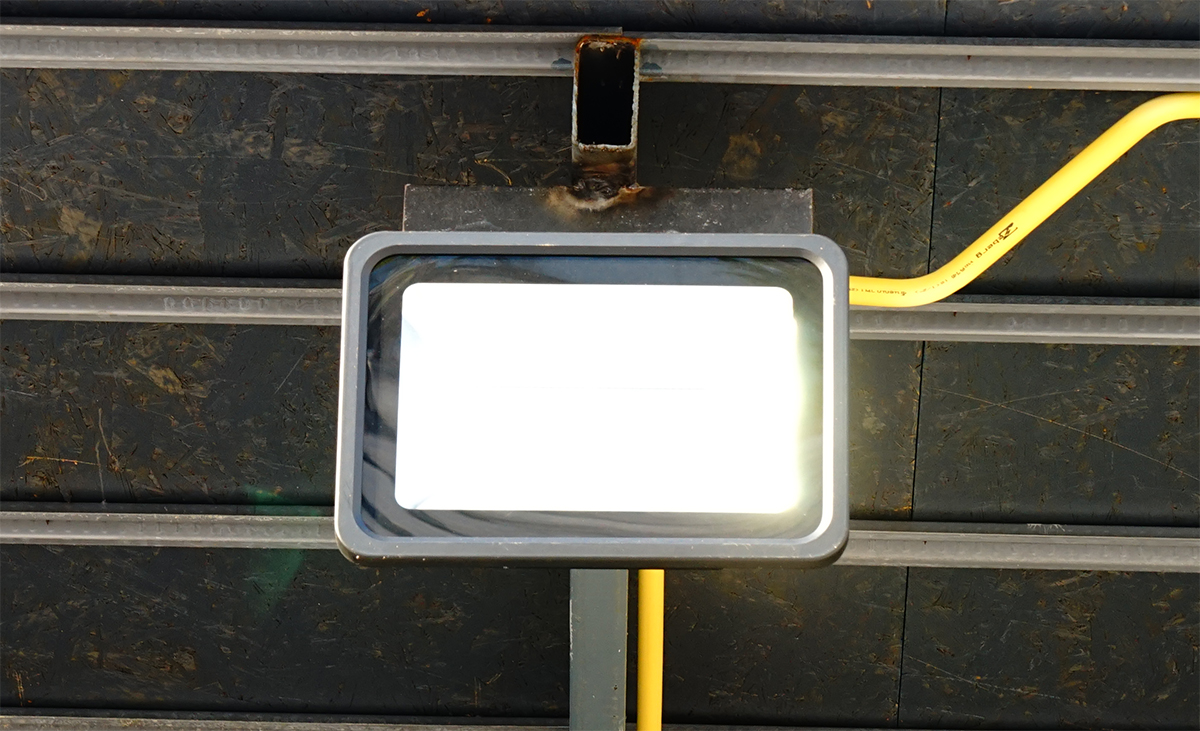
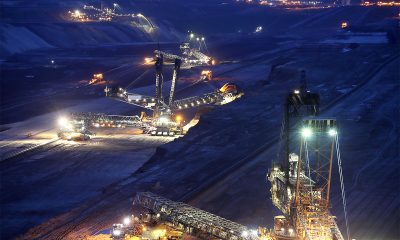
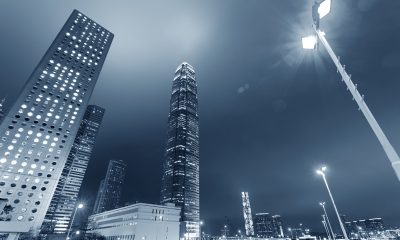
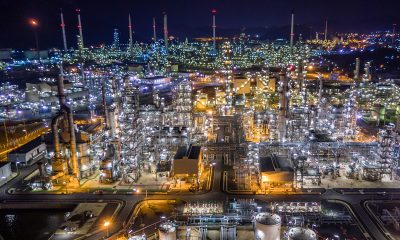
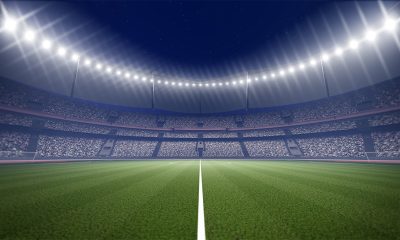
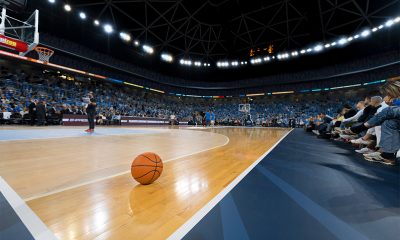
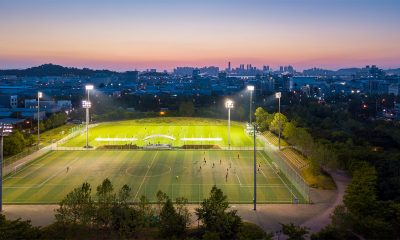
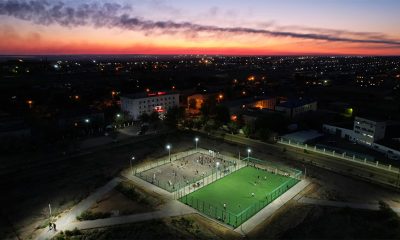
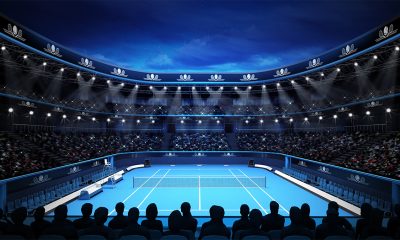
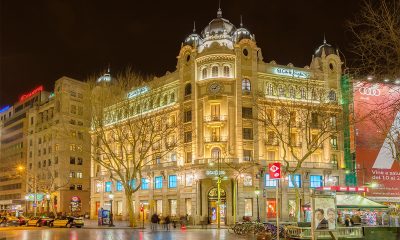
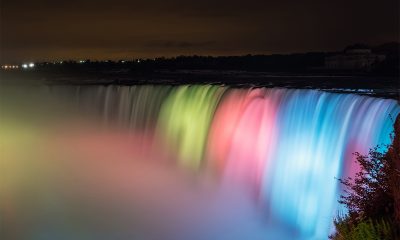

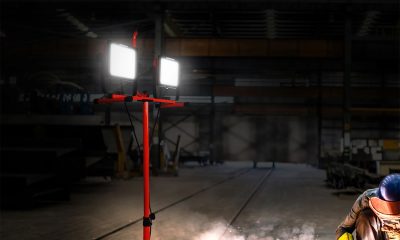





Loading...